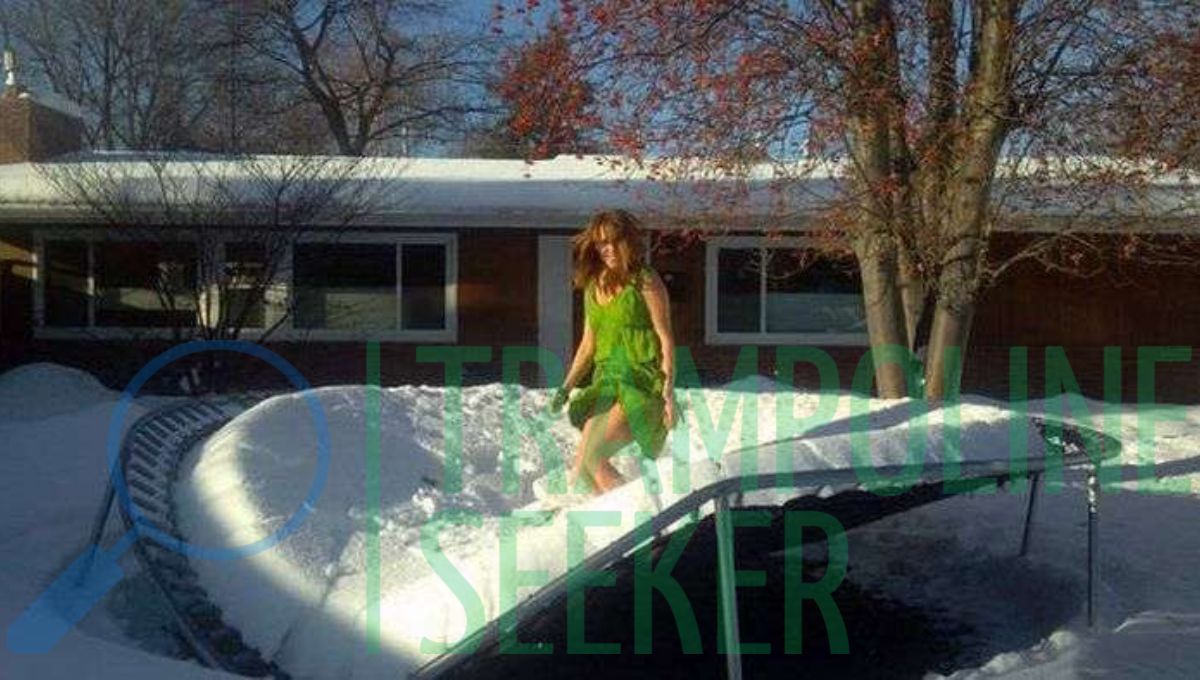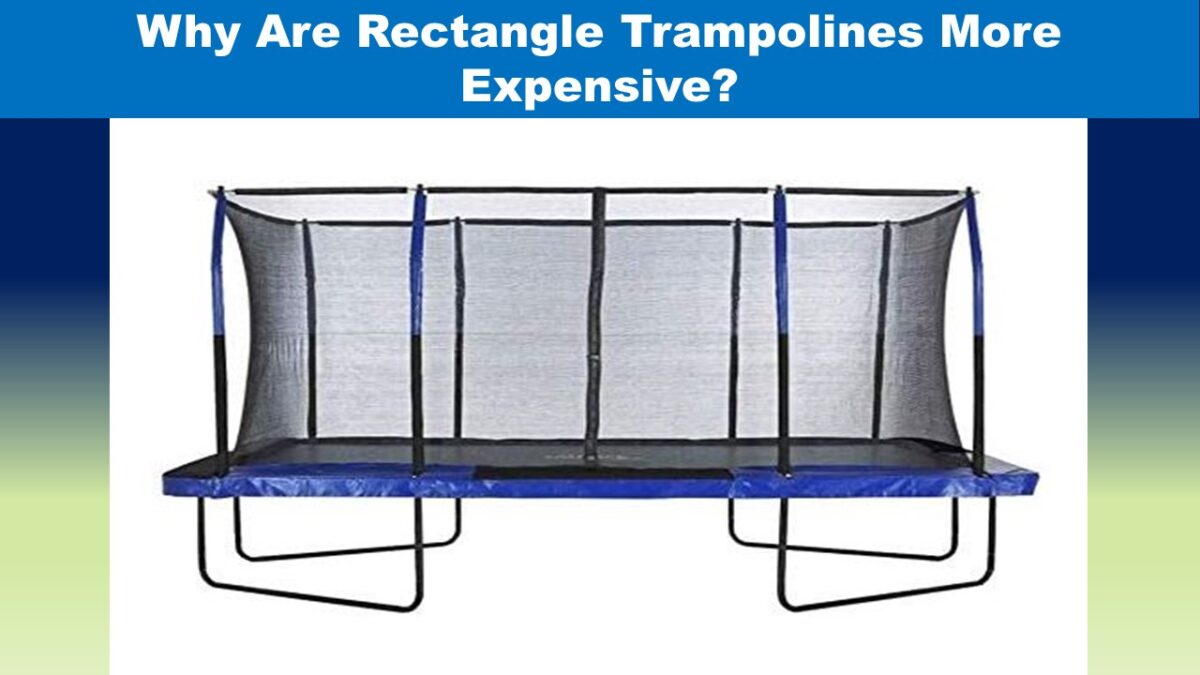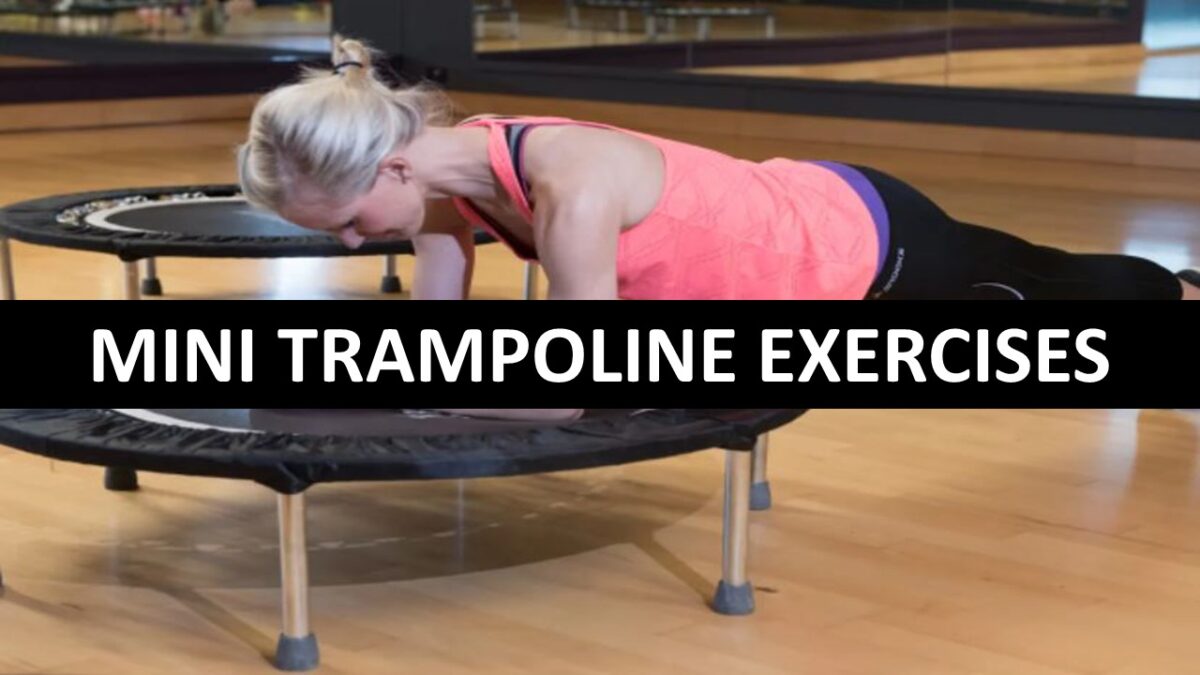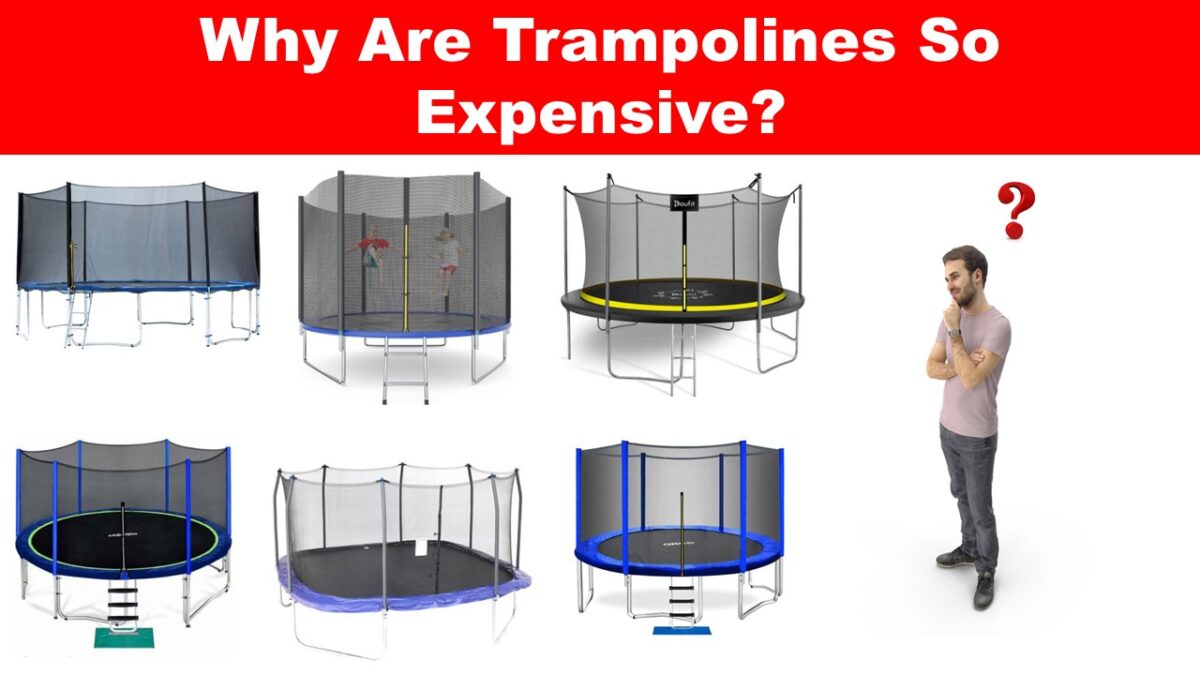A frequently asked issue concerning trampolines is if snow would damage them. Many individuals are apprehensive to expose trampolines to bad weather conditions such as winter since they are large, costly, and difficult to install. However, how long does a trampoline last in snowfall?
Your trampolines can survive up to 3 to 4 hours of continuous snowfall in areas with moderate precipitation. However, in strong blizzard areas, snow may accumulate on the trampoline, rendering it inoperable for the whole season.
Snow may be unpleasant and difficult to remove off your trampoline. All you need to know is how to keep your trampoline in good condition over the winter. Before we go into winter trampoline maintenance suggestions, let’s have a look at how heavy snow might affect your trampoline.
How Much Snow Can a Trampoline Hold?
The effects of snow on your trampoline are completely dependent on your location. If you live in a location where there is a lot of snow for long periods of time, your trampoline may get damaged or even ruined if you keep it outside during the winter.
This is due to considerable snow accumulation on the trampoline’s mat area. With the blizzard conditions and dampness, the trampoline mat’s hinges may overextend and lose flexibility. Trampolines in these kind of settings must be cleaned and maintained correctly throughout the winter. You might even store or place them inside to eliminate the risk totally.

Trampolines are less damaged in locations with little snowfall. Despite this, because to heavy winds and storms, winter care is essential.
A well-built trampoline can usually withstand 4-5 hours of light to heavy snowfall. If correctly secured, a premium trampoline can withstand 2-3 hours of heavy snowfall.
Heavy, strong gusts can also have an effect on your trampoline, especially if it is not securely fastened to the ground. You don’t want to wake up one day to find your trampoline in someone else’s backyard. In the winter, you must securely anchor and cover your trampoline.
Can You Jump On Your Trampoline During Winter?
There is a prevalent misperception that jumping on a trampoline in the winter endangers one’s safety or is harmful to the trampoline itself. This could not be further from the truth. Because of the numerous advantages, doing so is also beneficial to your children.
Bacteria like to congregate within the human body during the winter. If you spend a lot of time inside your house, you are more prone to get sick. As a result, if you spend a substantial amount of time outside exercising, you will be less likely to become ill at home.
Also, if you and your children spend enough time outside, you will obtain enough vitamin D from the sun. Finally, you are more active with your children when it is cold outdoors rather than when you are all glued to the television. In summary, your entire family should spend time outside throughout the winter.
During the winter, a trampoline may help you play and exercise while having fun. A snow battle on your trampoline with friends on a winter afternoon is one of the nicest experiences you will ever have.
How to Clean Snow Off Your Trampoline?
The trampolines are meant to be placed outside all year and are weatherproofed to resist extreme temperatures. Despite this, the thickness of the snow may lead the trampoline to exceed its maximum total weight capability.
- Remove the jumping platform, pad, and springs until the weather improves.
- Using a push-broom, remove the snow.
- Using a shovel may cause shredding or damage to your jumping surface.
- The mat material or PVC vinyl cushioning may catch fire or melt if the snow blower is blowing hot air.
What Should You Do with A Trampoline in a Snowstorm?
Trampolines have a large surface area and can blow away in strong winds, landing in bushes, neighbor’s gardens, or on a train track. Fortunately, this does not happen all that often. This is more of a problem in extreme cases where the area is exposed, but it can still happen if you choose a lighter, less costly trampoline.
A “Trampoline Tie-Down System” is used to protect your trampoline from drifting over in high winds. It effectively ties your trampoline to the ground using straps and massive metal ‘corkscrew’ pins. You don’t have to leave it there all the time, but it’s a good idea to have one on hand should the winds get up.
If you are caught off guard and need a quick solution, sandbags can help to provide weight to lightweight trampolines and protect your trampoline from swaying in high winds. They are also an excellent choice if the trampoline is on a surface where a tie-down kit cannot be used.
How to Maintain a Trampoline During Winter?
If you want your children to enjoy trampolines as much in the winter as they do in the summer, following wintertime maintenance advice will ensure the safety of your trampoline and make it entertaining all year.
Regular Maintenance
Cleaning it after each snowstorm or rainstorm is part of appropriate upkeep. If there are heavy and chilly gusts in the winter, you should quickly clean the trampoline. Any moisture or wetness must be eliminated to prevent it from entering the springs and damaging them.
During the winter, you may hire expert cleaners to help you clean and preserve your trampoline.
Dismantle the Trampoline
It is also determined by the trampoline’s construction quality and how winter-proof the manufacturer claims it is. Most trampolines today are made of tough metal materials that can resist harsh conditions.
In any event, it all boils down to personal choice. If you don’t want your children to go outside in the cold or risk injury on the trampoline, just disassemble it until winter is done. During disassembly, just remove the mattress, springs, security net, and soft framework, leaving the structural steel and any poles outside. If you don’t have enough space to store your trampoline indoors, you may simply cover everything up.
Brushing Off the Snow
If you leave snow on your trampoline for a lengthy period of time, it will most likely accumulate within the mat springs. Cleaning it as soon as feasible aids in the preservation of the springs and safety pads.
Trampoline Storm Covers
Winter trampoline covers protect the jumping mat from weather damage. However, you must exercise caution when covering your trampoline for the winter. If moisture becomes trapped within the lid, black mould may form. So, if you’re covering it, keep an eye on it all the time. Remove the cover once a week and let the trampoline to dry before returning it.
Jumping Tips On a Trampoline During Winter
Before doing anything else, check the weather forecast and the temperature. Nothing is more unpleasant than having a nice time in the snow only to end up harming yourself or your children as a result of slipping on a damp trampoline.
It is not advised to jump while it is snowing, and it is preferable to inspect the ground of your trampoline for any melted snow or ice and remove it if any exists.
A sloppy coat, for example, might be hazardous when leaping and should be avoided at all costs. While it is important to layer up for the winter, especially for youngsters, it is equally important to avoid wearing any loose clothes.
It is advised that you wear garments that fit tightly and that all jackets and zippers are secured. Certain types of winter boots, particularly those meant for use on ice, can be extremely destructive to trampolines. The rough soles will very certainly leave scars on the floor.
Conclusion
Simply said, you cannot allow the fear of snow to damage your trampoline and prevent your children from enjoying trampoline jumping. Because the weather is beautiful in the winter, a trampoline adds to the fun and excitement.
Even in the middle of winter, you can have fun and get some exercise on a trampoline. On a cold winter day, having a snowball fight with your friends on your trampoline is one of the most fun sensations.
How do I know if too much snow has accumulated on my trampoline?
You’ll know if there’s too much snow on your trampoline if you see visible sagging, tearing, or breakage of the mat, springs, or frame. As a general rule, clear snow off once it reaches a depth of 3-4 inches.
Should I flip my trampoline upside down for the winter?
Flipping a trampoline frame-side down can protect the mat and springs from heavy snow loads. Just be sure to detach everything first and store the mat and springs somewhere dry. You’ll also need to anchor the flipped frame securely.
Can jumping on a snow-covered trampoline damage it?
Yes, jumping on a snow-covered trampoline can damage it. The combination of weight from snow and impact from jumping can overstretch springs and tear fabric. Always clear snow off before use.
How much weight can a typical trampoline hold?
Most residential trampolines have weight limits of about 220-450 lbs. Heavy, wet snow can quickly meet or exceed those limits, so check your model specs and clear accumulation frequently.
Should I cover my trampoline with a tarp for winter?
Covering with a snug, secure trampoline tarp can help prevent snow accumulation. Make sure condensation doesn’t get trapped underneath and check periodically for tears. Remove cover after heavy snows.
Can I leave my trampoline up if I live in a warm climate?
In climates with rare light frost rather than snow, you can likely leave a trampoline up safely. Still, periodically clear fallen leaves, do regular maintenance checks, and refasten to the ground as needed.
How can I anchor my trampoline if the ground freezes?
Hard ground anchor installation gets very difficult in winter. As a temporary solution, try securing your trampoline with straps and stakes attached to concrete blocks buried just below the frost line.
Should I oil or grease my trampoline springs before winter?
No, you should not oil or grease trampoline springs prior to winter. This could attract and hold grit that abrades and damages the spring mechanisms with use over time.
How do I get snow out from trampoline springs?
Carefully tip, shake, and rotate the trampoline to dislodge as much snow as possible. Then spray deicing solution onto any remaining packed snow in springs and pads. Let it soak in before more carefully shaking clear.
Can I leave my trampoline netting up in winter?
Trampoline safety enclosures are not usually designed to bear heavy snow weight. Remove and properly store the netting over winter to prevent excessive load strain and damage.
Must Read:













